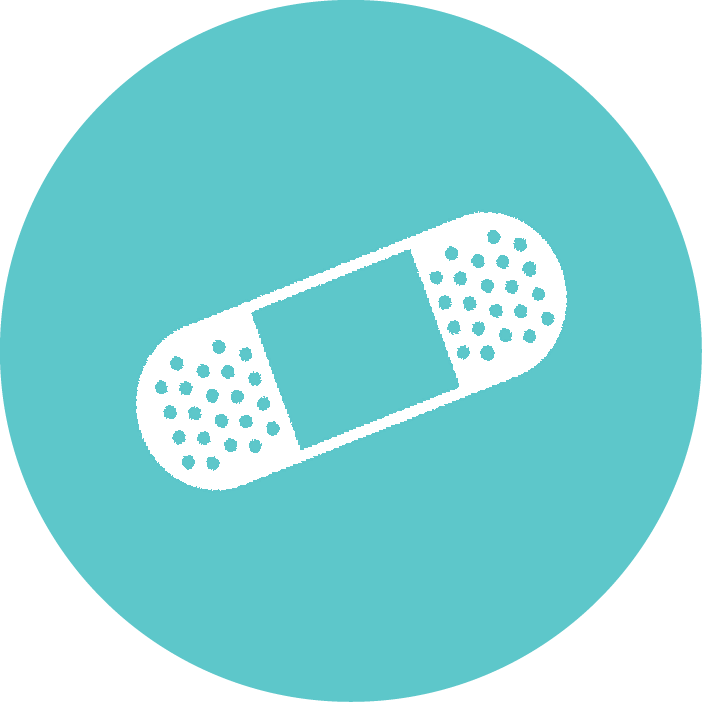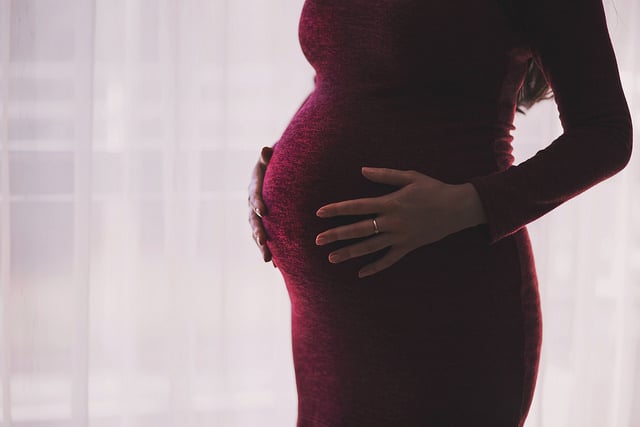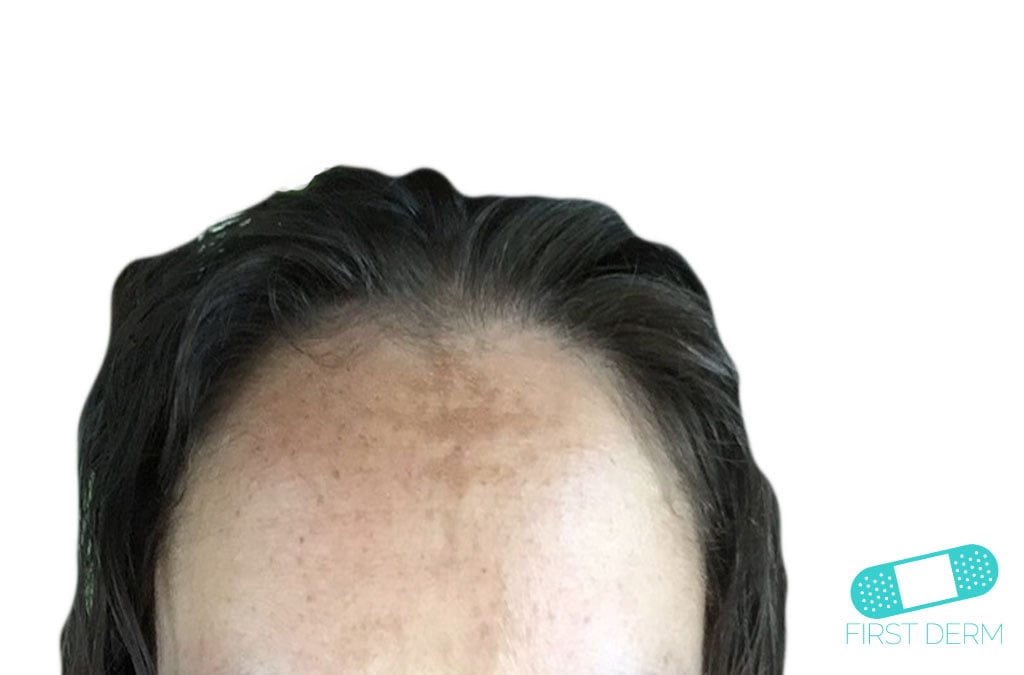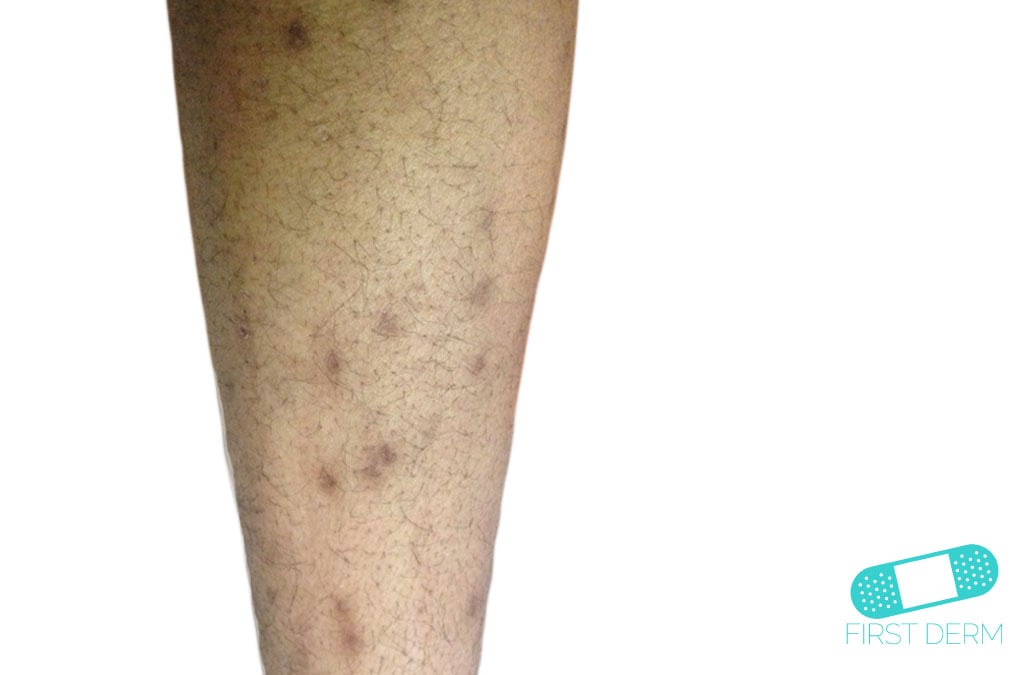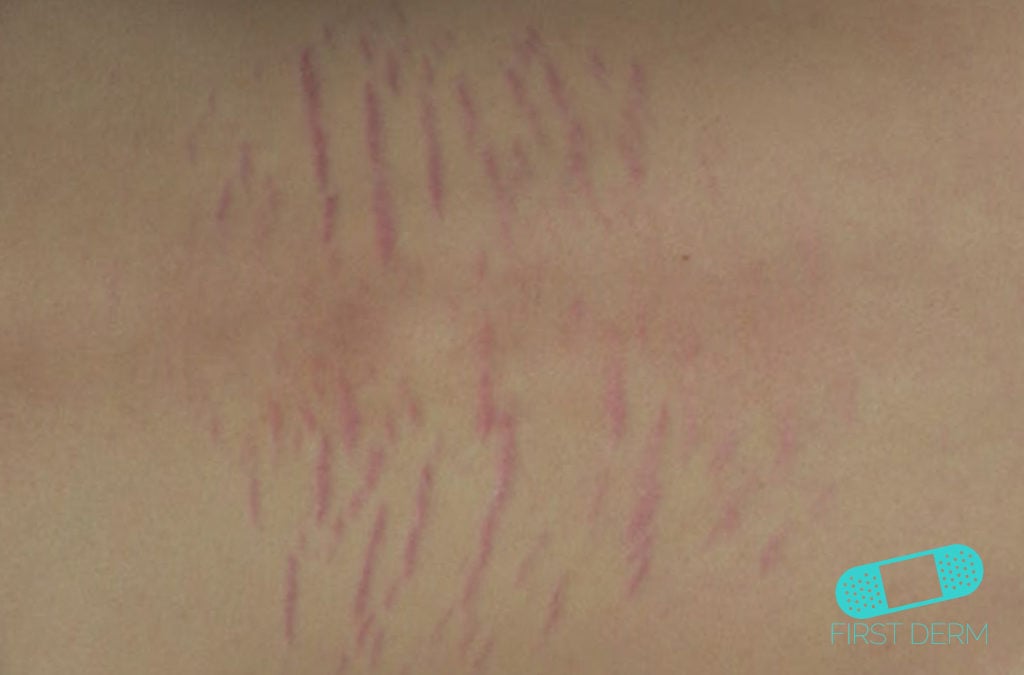Congratulations! You’re on your way to being a mom. Expecting can be exciting – and stressful, too.
If there’s something new appearing on your skin, don’t panic just yet. Some skin conditions appear when you’re pregnant, and we’re here to help you navigate through the thousands of skin conditions you Google searched online.
Acne
Acne sometimes worsens during pregnancy, and that can add an emotional toll on you – especially when you’re already carrying a human being inside you.
Why do you get more pimples when you’re pregnant? Contrary to common belief, acne is not caused by poor hygiene. It can be triggered by the hormonal changes of pregnancy, which generate more sebum in the oil glands.
Bottom line: Keep in mind that acne is harmless and treatable. Most people see improvements in the condition after the birth of the baby. Here are some self-treatment tips. If you still experience acne after self-treatment or the delivery, ask a dermatologist.
Melasma (Chloasma)
Melasma, previously known as chloasma, presents as gray-brown, irregularly shaped, persistent spots on the face. The condition can be triggered by hormones caused by pregnancy. This is why many people call it the pregnancy mask.
What does melasma look like? It appears as brown or gray-brown patches. Most people get it on their cheeks, bridge of their nose, forehead, chin and above their upper lip. Some people also get it in other parts of the body that get lots of sun, such as the forearms and neck.
Other forms of melasma include darkening of existing freckles, nipples and moles or a dark line down the center of the abdomen, which is known as linea nigra. Read more here.
Bottom line: There’s no treatment for melasma. But don’t worry; when you deliver the baby, the patches may fade. If you wish to remove the spots, consult a dermatologist. Don’t use peels, bleaches or other chemically based lightening treatments (!) – it can penetrate your skin and harm the baby.
Hyperpigmentation
Pregnancy can increase the production of melanin, causing the skin to darken. This condition can occur in small patches or over large areas of the body, sometimes even the entire body. Melasma (see above) is a form of hyperpigmentation as well. Read more about hyperpigmentation here.
Bottom line: Hyperpigmentation is usually not harmful, but can be a symptom of another medical condition. If you are not sure if pregnancy is the sole reason of hyperpigmentation on your skin, you should seek help from a healthcare provider.
Stretch Marks
Stretch marks occurs when you skin is stretched out by your body’s rapid growth. About 90% of women will get them sometime after their sixth or seventh month of pregnancy, according to the American Academy of Dermatology.
Bottom line: Sorry, ladies. We wish this condition didn’t last after pregnancy either, but the truth is – it does. And unfortunately, it can’t be avoided. Remember that stretch marks are roadmaps of your pregnancy, and they’re impressive and beautiful.
We know it’s easier said than done, but don’t worry too much – you’re doing amazing! However, if you have any doubts about your skin during pregnancy, have a dermatologist check it out! It’s better to be safe than sorry.
Post Snapshot
Expect these skin conditions when you’re expecting:
- Acne
- Melasma
- Hyperpigmentation
- Stretch marks
Related post:
Ask a Dermatologist Now
Anonymous, fast and secure!
